|
Dai Cung Mon - the structure was completely destroyed. This is the main gate leading to the Forbidden City, Hue Imperial City. (Photo: document) |
The excavation results of Dai Cung Mon coincide with historical records.
On April 24, the National Museum of History and the Hue Monuments Conservation Center reported preliminary results after more than a month of archaeological excavation at the Dai Cung Mon relic, Hue Imperial City.
Dai Cung Mon is the main gate of the Forbidden City and is a structure with many cultural, historical and artistic values for the Forbidden City area in particular and the Complex of Hue Monuments in general.
Built in 1833 under King Minh Mang, Dai Cung Mon consists of 5 compartments but has no wings, 3 doors, of which the main door in the middle is reserved for the king.
The front of Dai Cung Mon facing Thai Hoa Palace was built entirely of wood. Behind Dai Cung Mon is the worship yard with two bronze cauldrons. Across the worship yard from Dai Cung Mon is Can Chanh Palace. In 1947, Dai Cung Mon was completely destroyed, now only the foundation remains.

Dai Cung Mon before 1947. (Photo: Document) .
Mr. Nguyen Ngoc Chat - Deputy Head of Research and Collection Department, National History Museum said that the archaeological team of the National History Museum opened 6 excavation pits and 8 inspection pits on a total area of over 60m2 to clearly determine the original structure of the Dai Cung Mon architectural foundation.
Through archaeological excavation, the team discovered traces of 5 brick reinforced foundation pillars supporting the column base still in place and 4 remaining traces of part of the reinforced foundation pillars supporting the column base.

Archaeological excavation at Dai Cung Mon relic. (Photo: ST).
The remaining traces of the system of foundations and reinforced pillars supporting the column feet allow us to determine that the Dai Cung Mon architecture has a rectangular plan, 23.72m long and 12.48m wide. The Dai Cung Mon structure has 5 compartments, consistent with historical records, with 6 rows of columns.
The delegation also collected 402 pieces of artifacts, including architectural artifacts (stone, terracotta), ceramic artifacts from the 16th to early 20th centuries, porcelain from the 17th-18th and 19th-20th centuries, and 20th-century metal objects.

Artifacts collected from the excavation.
The excavation results also determined the original foundation of the construction in 1833 under the Minh Mang Dynasty. However, through the stages of renovation, that foundation was raised by about 0.30 - 0.32m, and the foundation of the yard in front and behind the construction was also raised...
Feasibility of restoring the main gate of the Forbidden City
The authorities concluded that, from research, observation, comparison and separation based on the geological structure, it was possible to confirm the entire structure and scale of the Dai Cung Mon architectural foundation from the time of construction until its destruction, although it had undergone many repairs, it remained unchanged.
Dai Cung Mon is an architectural work with an important position and role, separating the Imperial City and the Forbidden City of Hue. The design and restoration of the main gate of the Forbidden City is completely feasible.
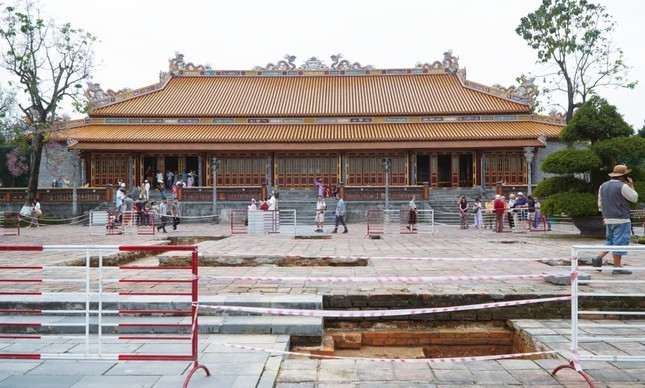
Restoring Dai Cung Mon - the main gate of Hue Forbidden City through archaeological excavations is completely feasible. (Photo: ST).
The results of the archaeological excavation are also an important preparation step to implement the project to restore the Dai Cung Mon relic, Hue Imperial City, which was approved by the People's Council of Thua Thien Hue province (now Hue city) at the end of 2024.
It is known that in November 2024, the People's Council of Thua Thien Hue province issued a resolution approving the investment policy of the Dai Cung Mon relic restoration project with a total estimated investment of more than 64.6 billion VND from the provincial budget, to be implemented within 4 years.
The project will restore the foundation, wooden structure, roofing system of royal glazed tiles, carved decorative details, enamel… of Dai Cung Mon. At the same time, the front and back yards, lighting system, railings, and screens will also be renovated to ensure the overall architecture.
According to Mr. Hoang Viet Trung, Director of the Hue Monuments Conservation Center, the restoration and rehabilitation of the Dai Cung Mon relic plays an important role and has great significance in the process of fully restoring the architectural appearance of the Hue Imperial Citadel relic complex.
Source: https://giaoducthoidai.vn/nhieu-phat-hien-quan-trong-khi-khai-quat-cua-chinh-tu-cam-thanh-o-hue-post728553.html



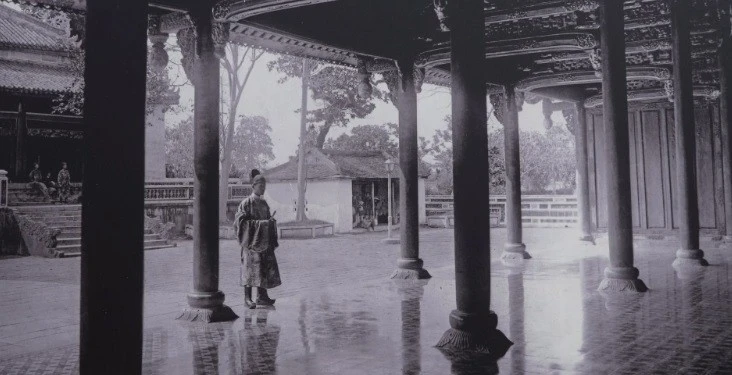


![[Photo] President Luong Cuong receives delegation of the Youth Committee of the Liberal Democratic Party of Japan](https://vstatic.vietnam.vn/vietnam/resource/IMAGE/2025/8/22/2632d7f5cf4f4a8e90ce5f5e1989194a)

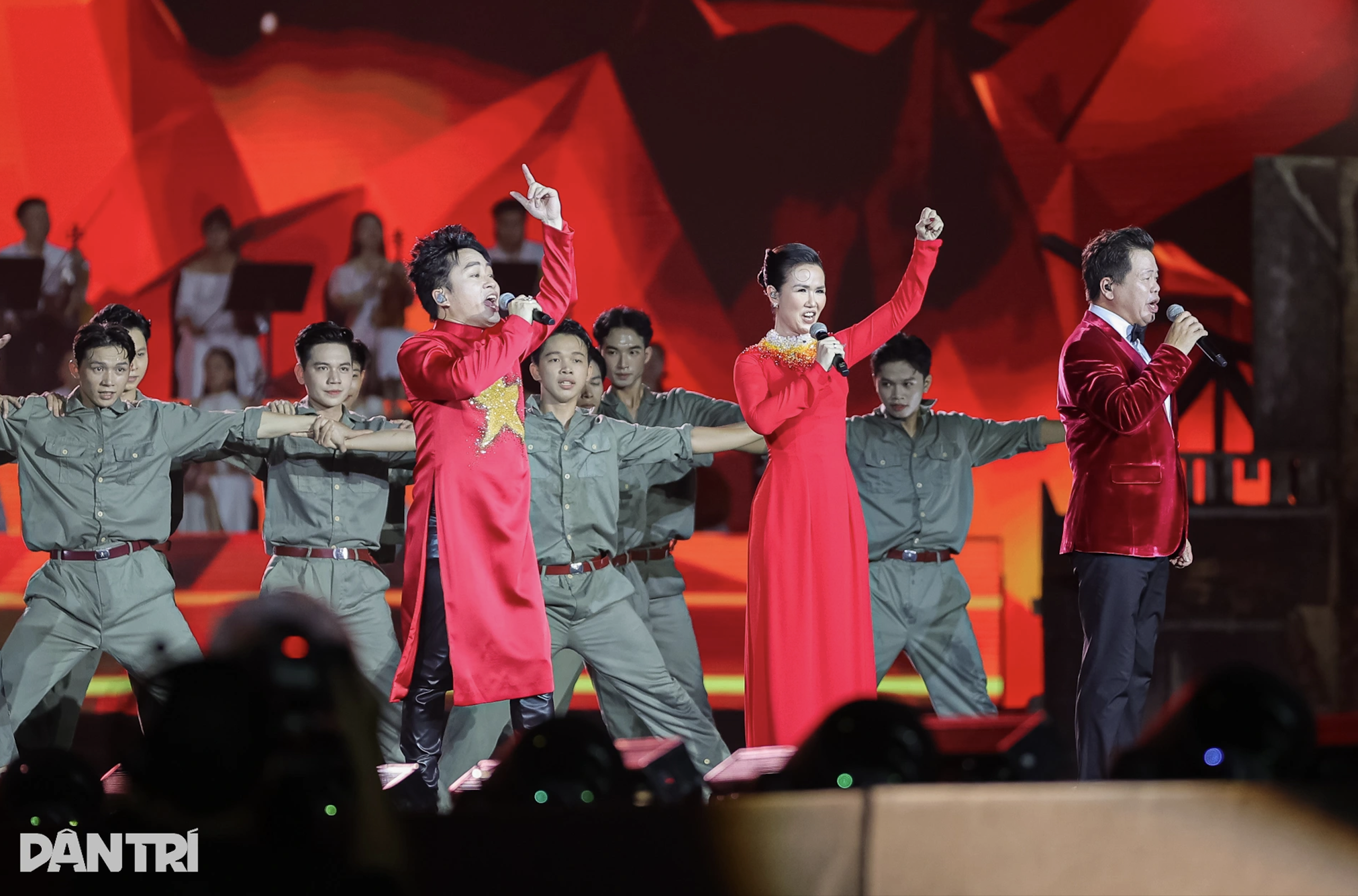
![[Photo] Prime Minister Pham Minh Chinh chairs the conference to review the 2024-2025 school year and deploy tasks for the 2025-2026 school year.](https://vstatic.vietnam.vn/vietnam/resource/IMAGE/2025/8/22/2ca5ed79ce6a46a1ac7706a42cefafae)
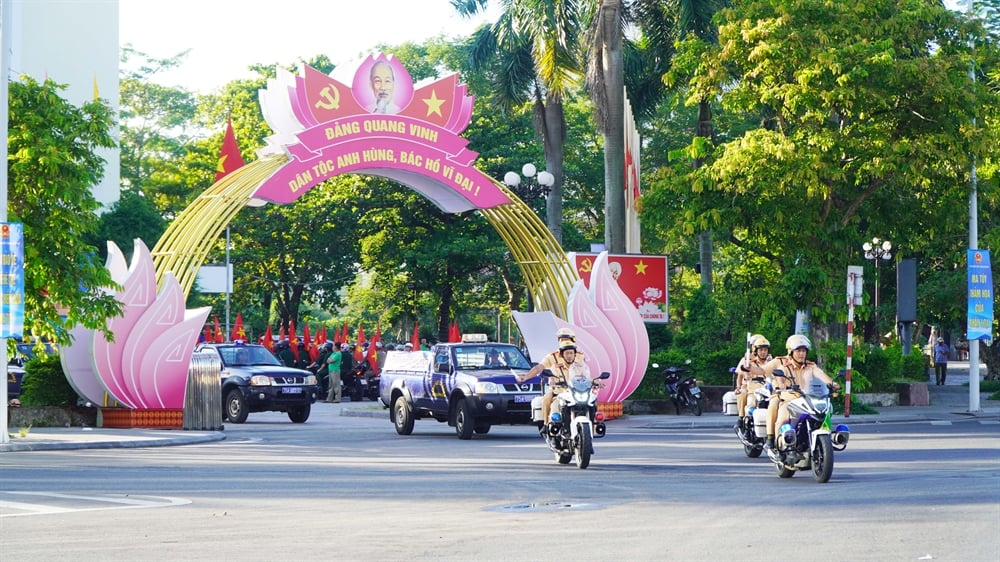

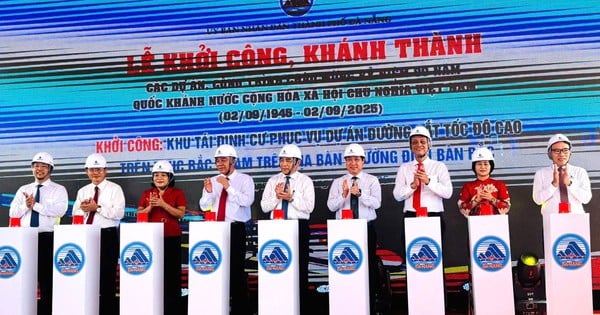

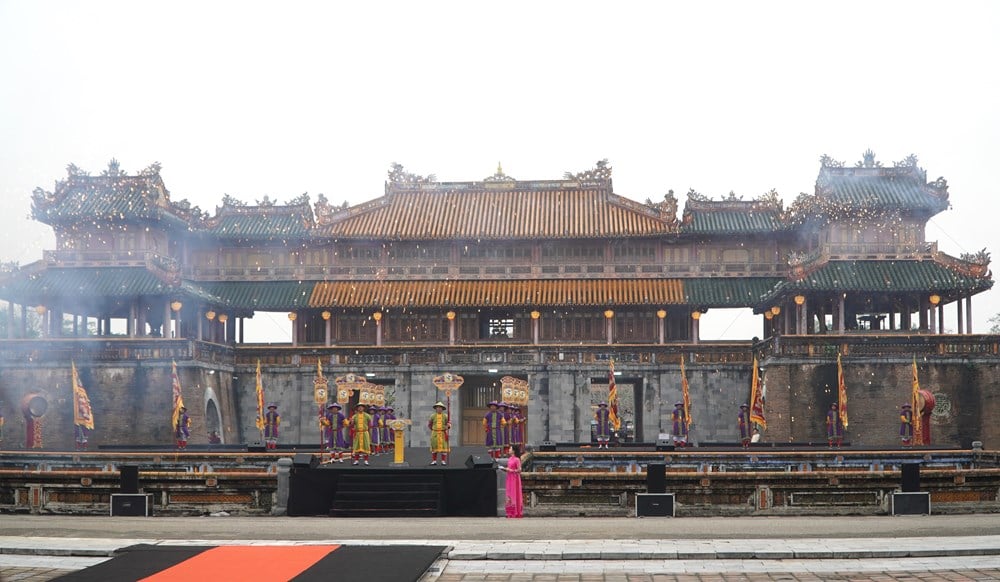

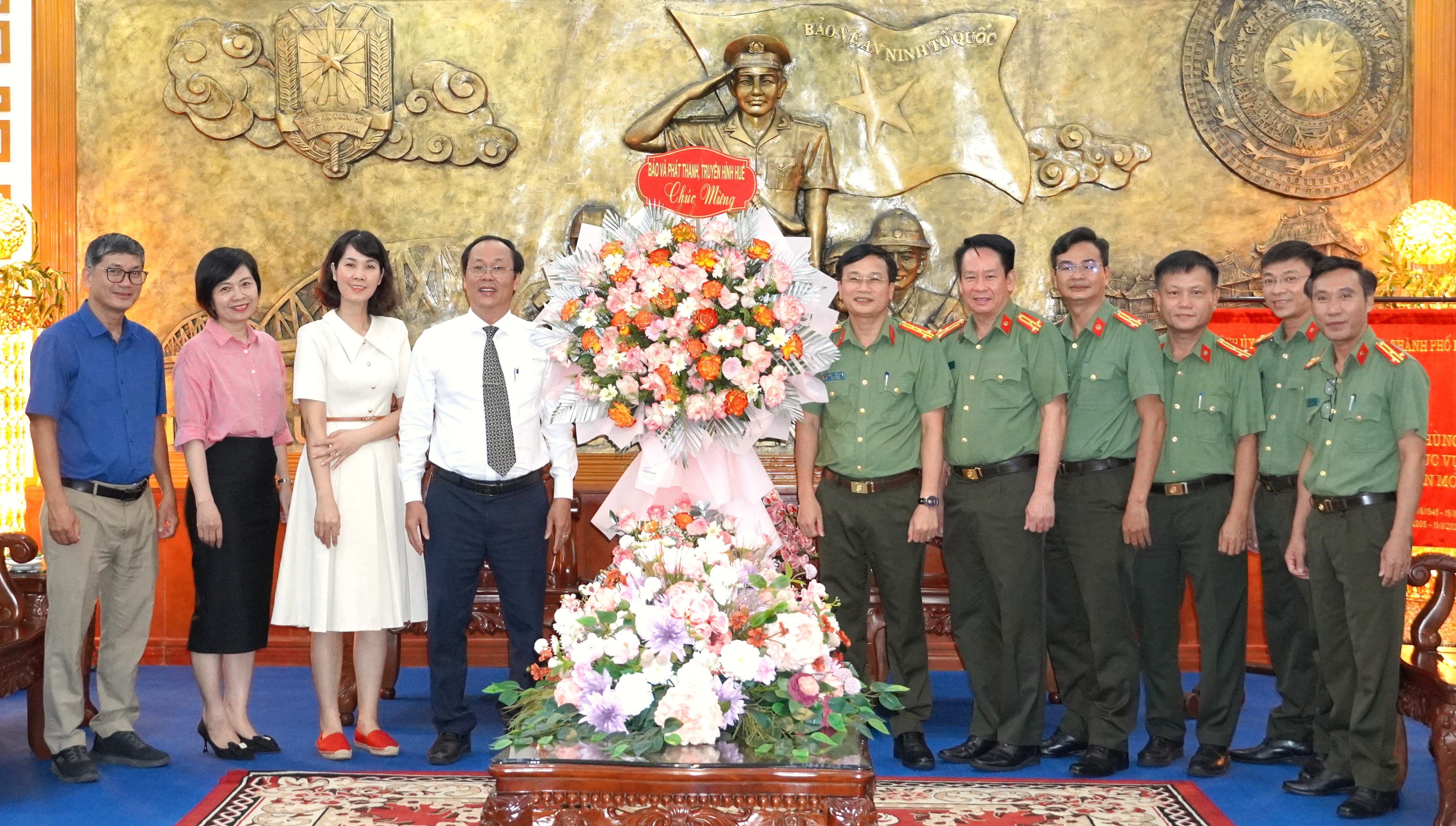
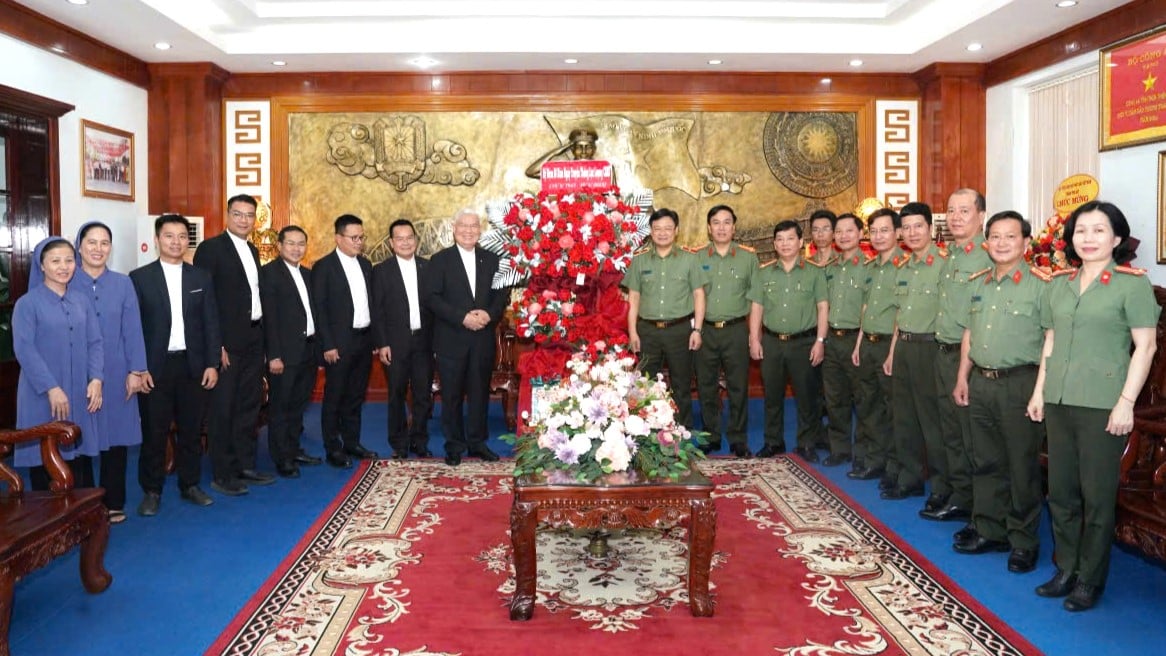
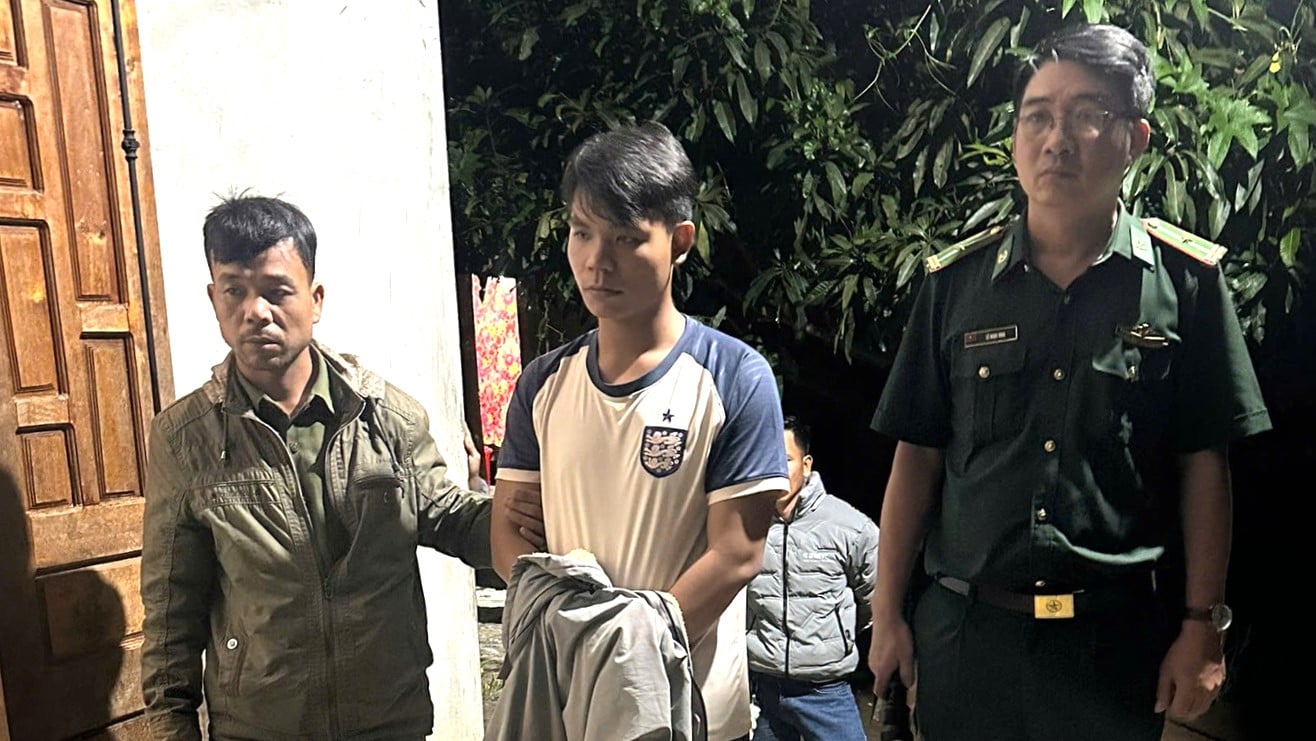








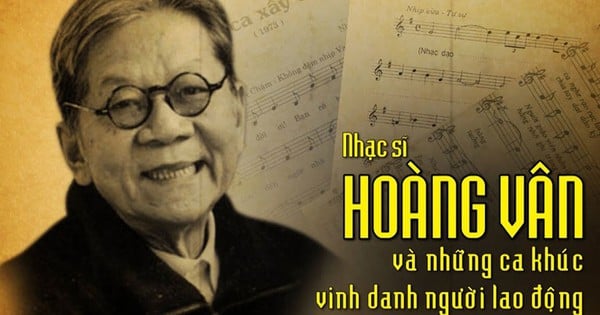

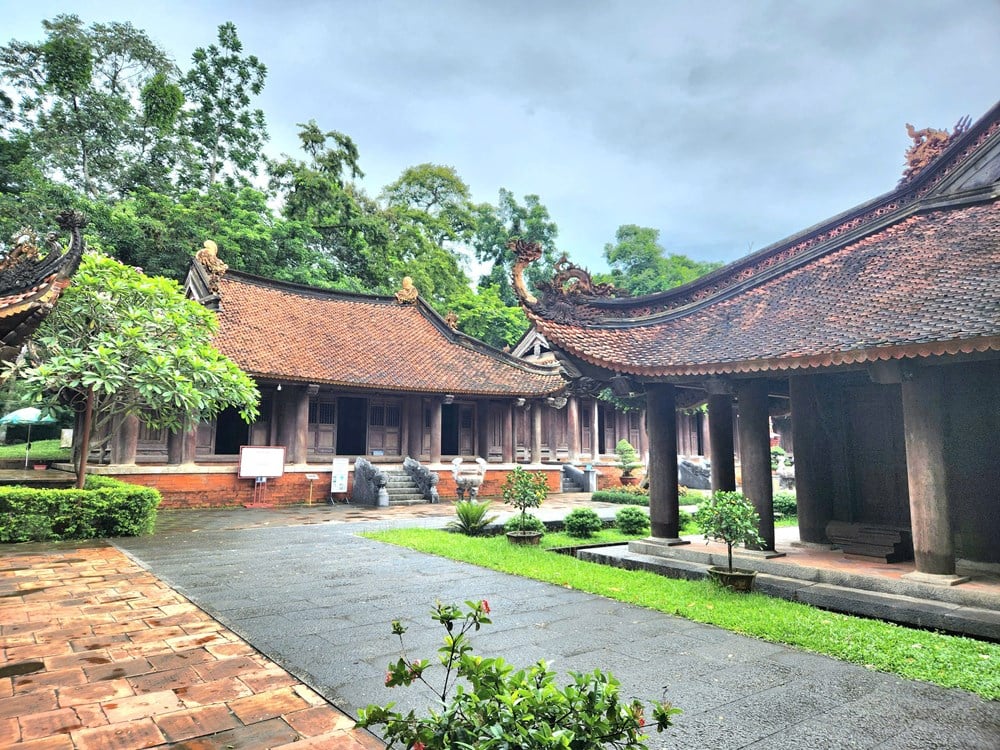


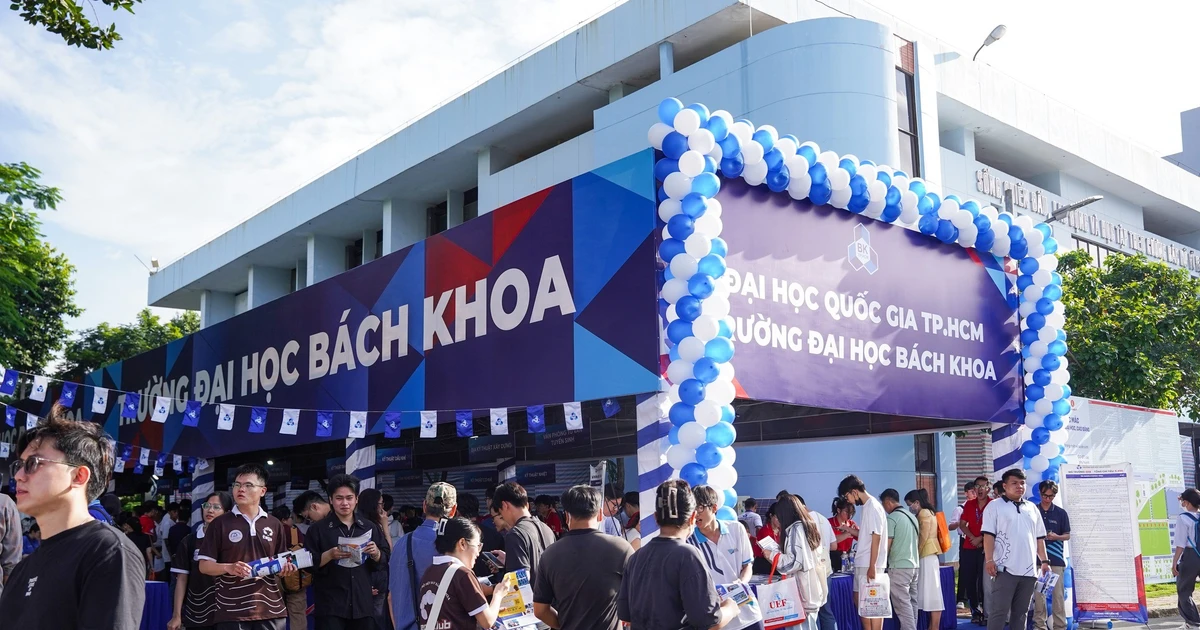

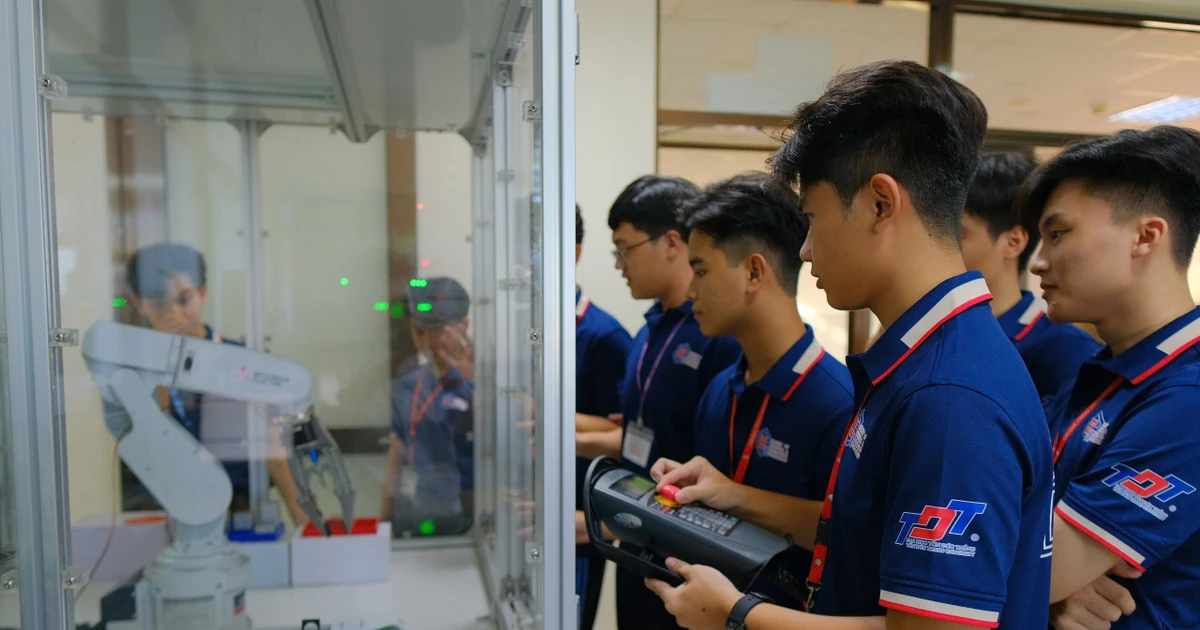


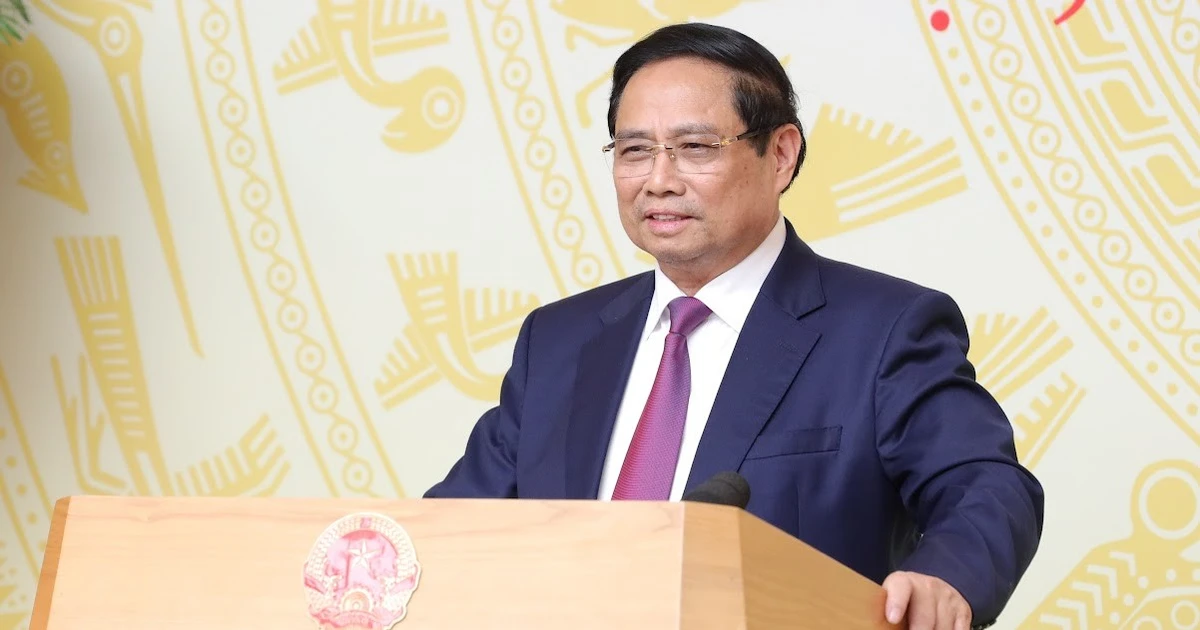
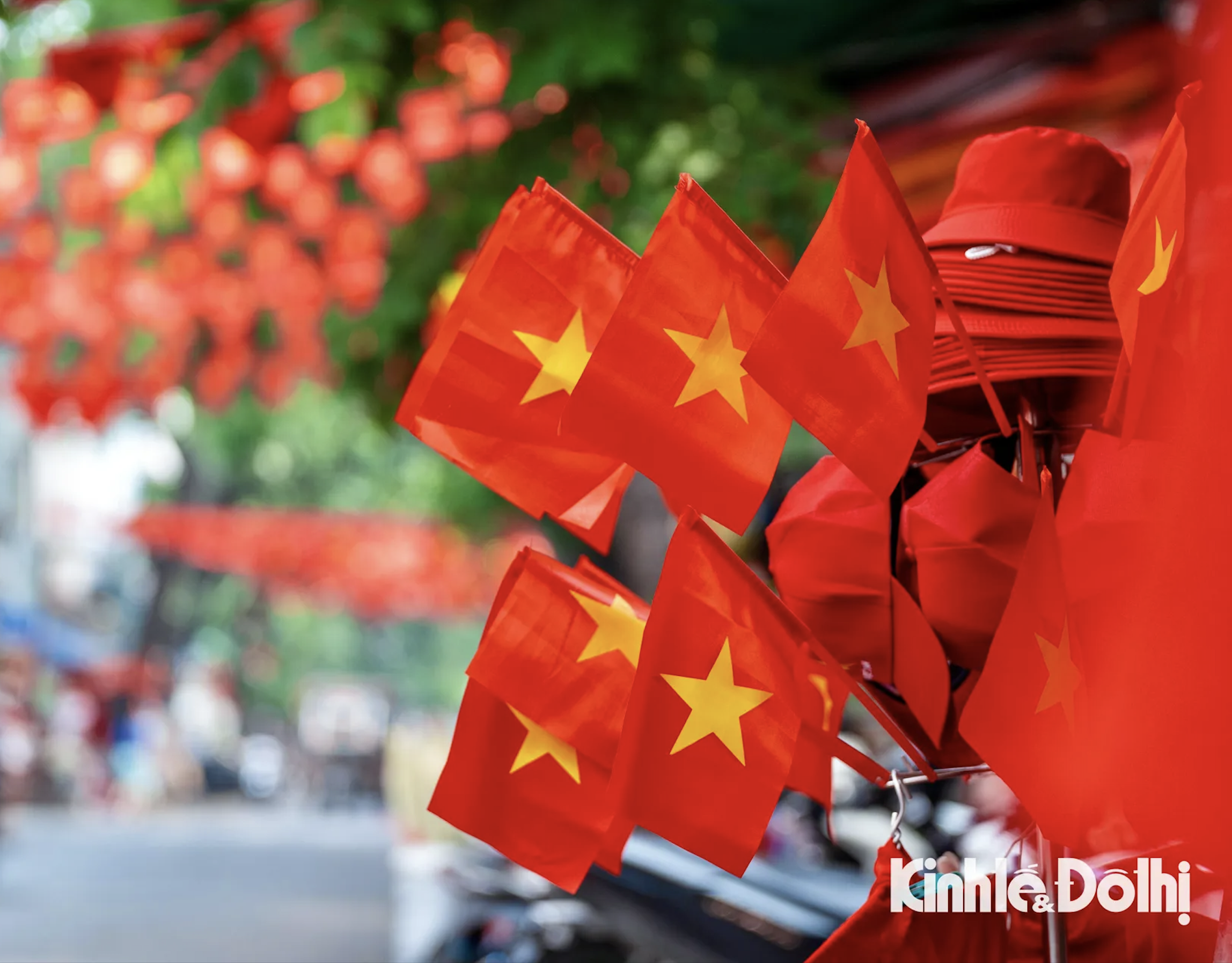






























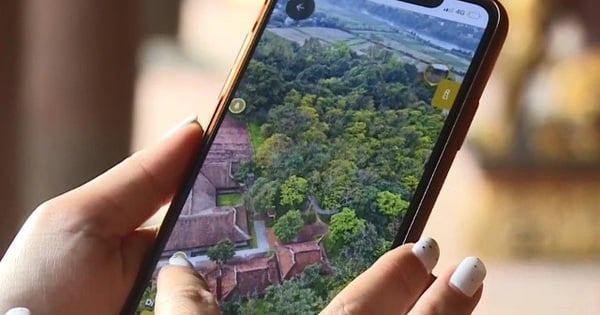

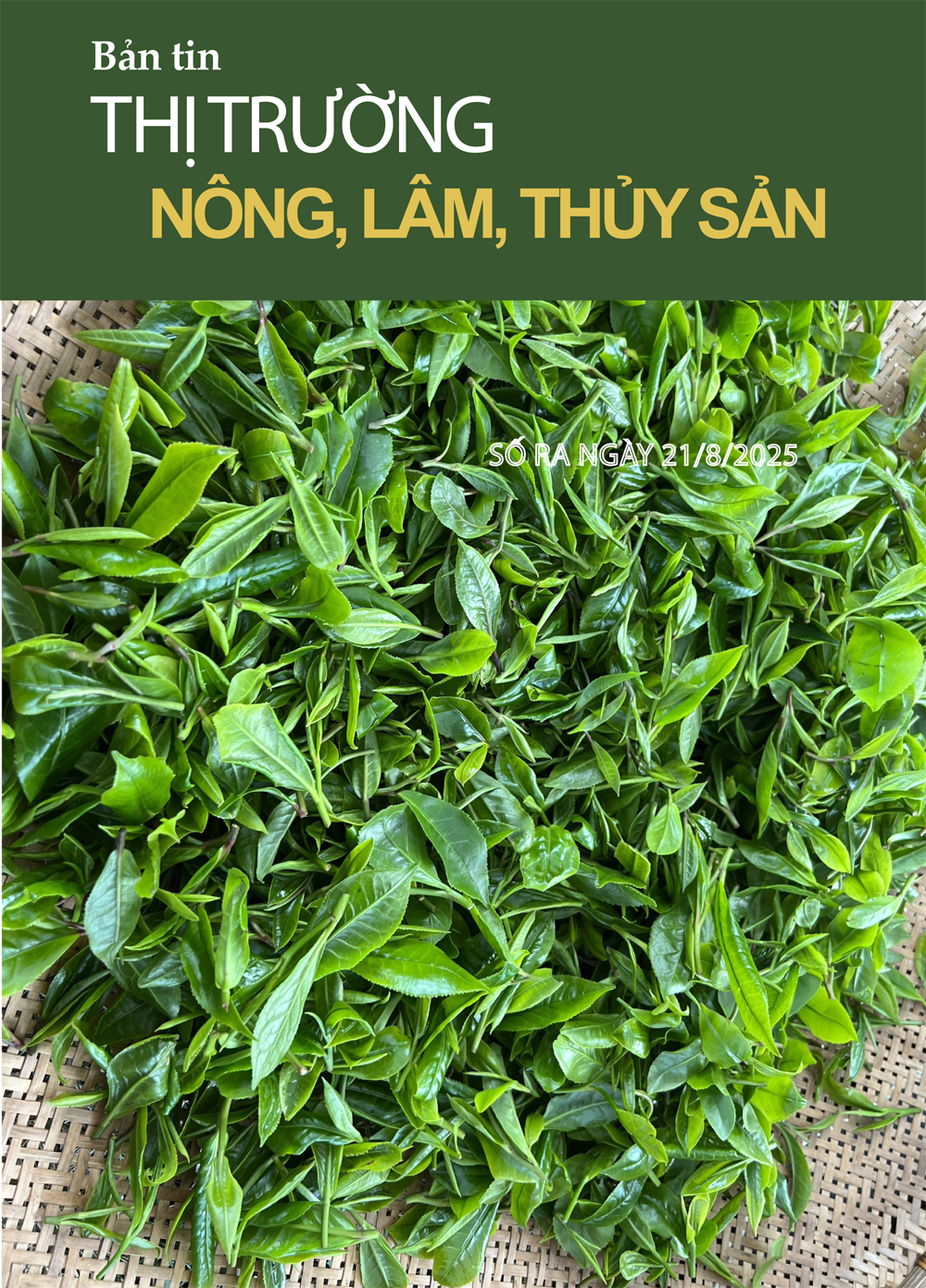




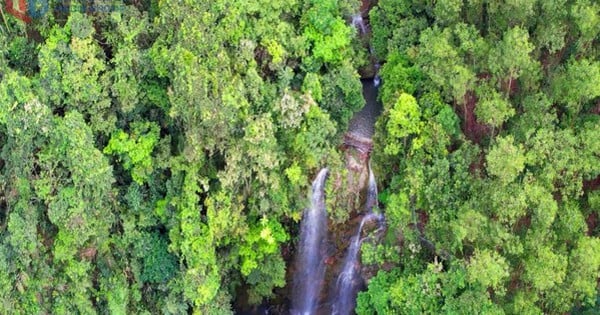
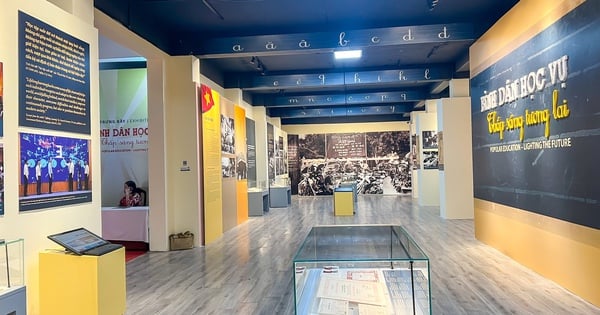
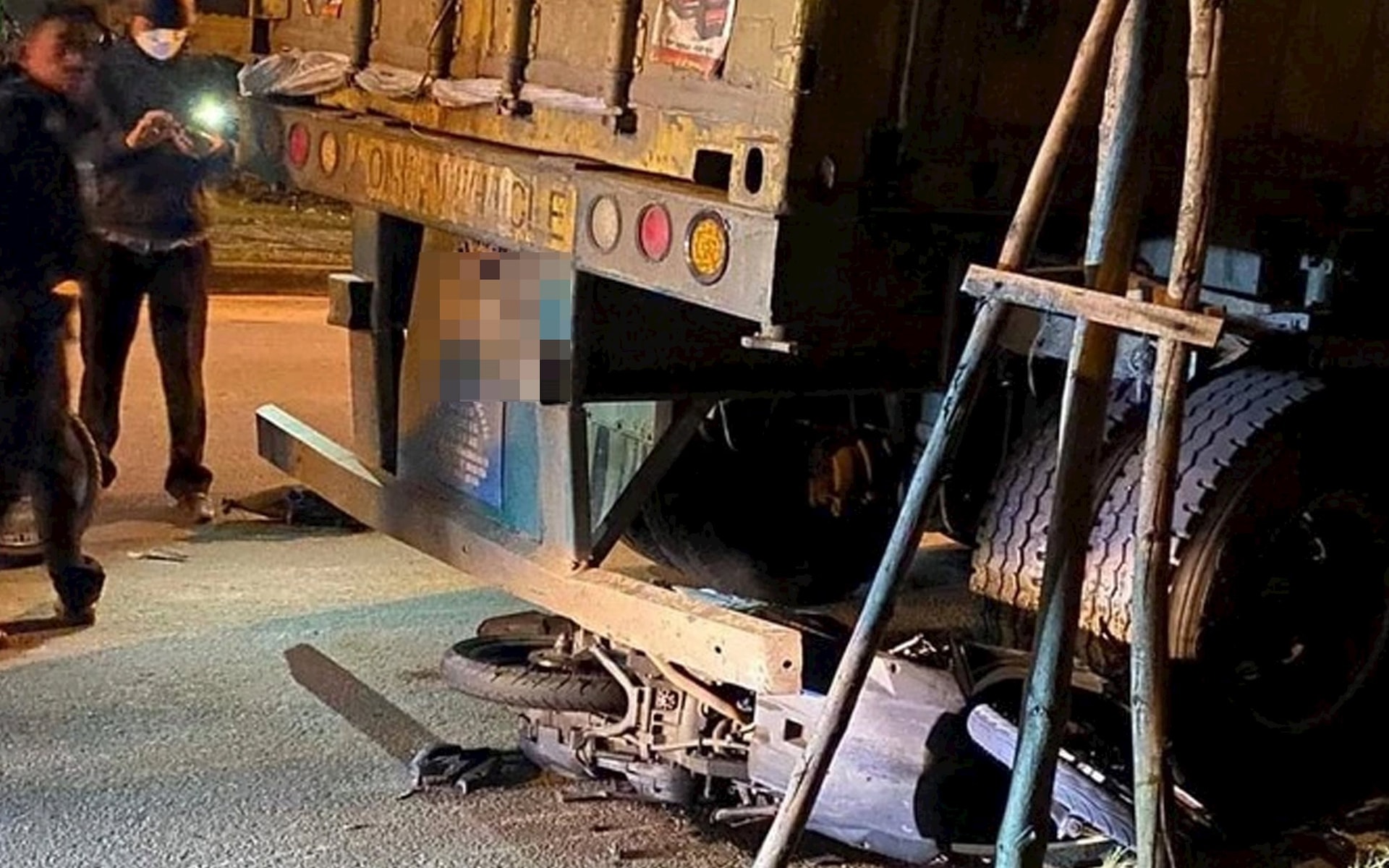

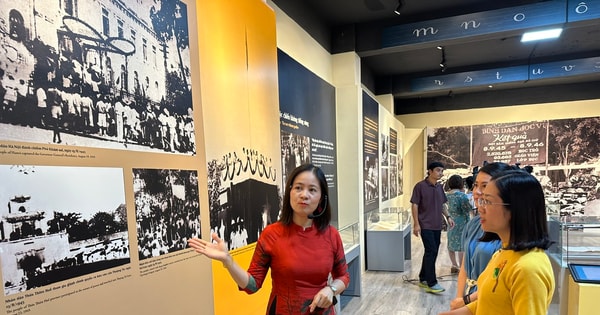

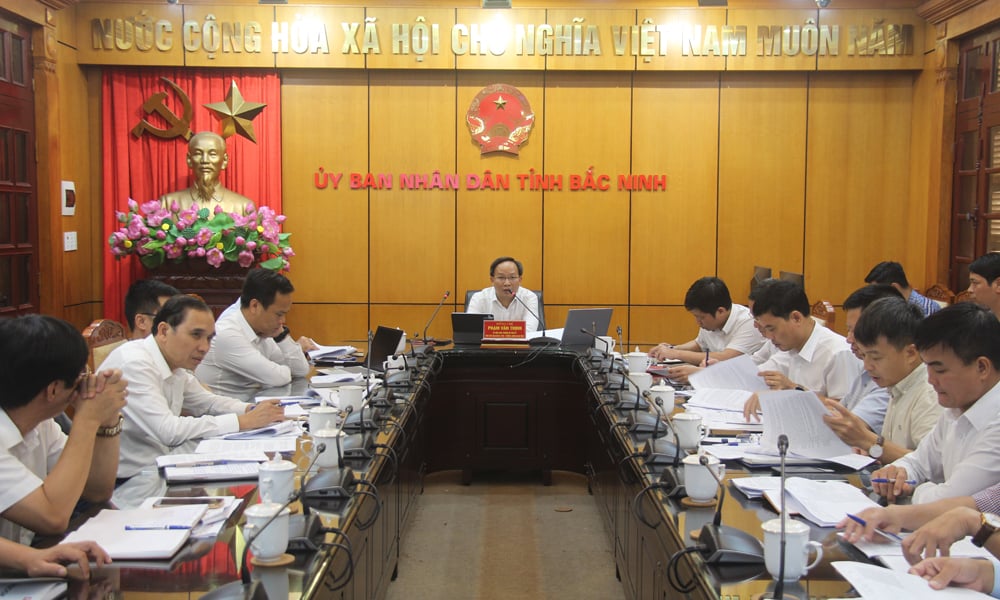

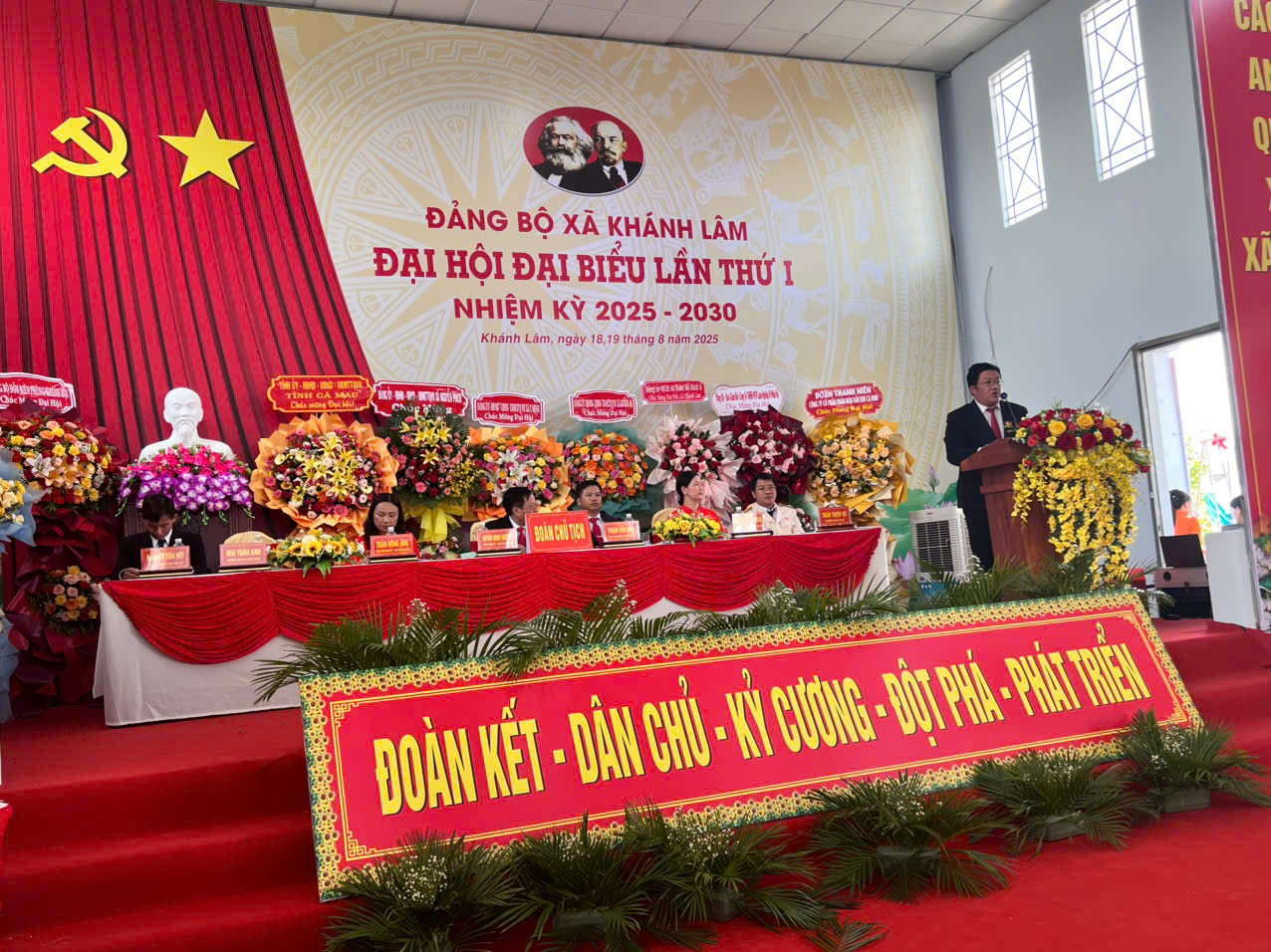
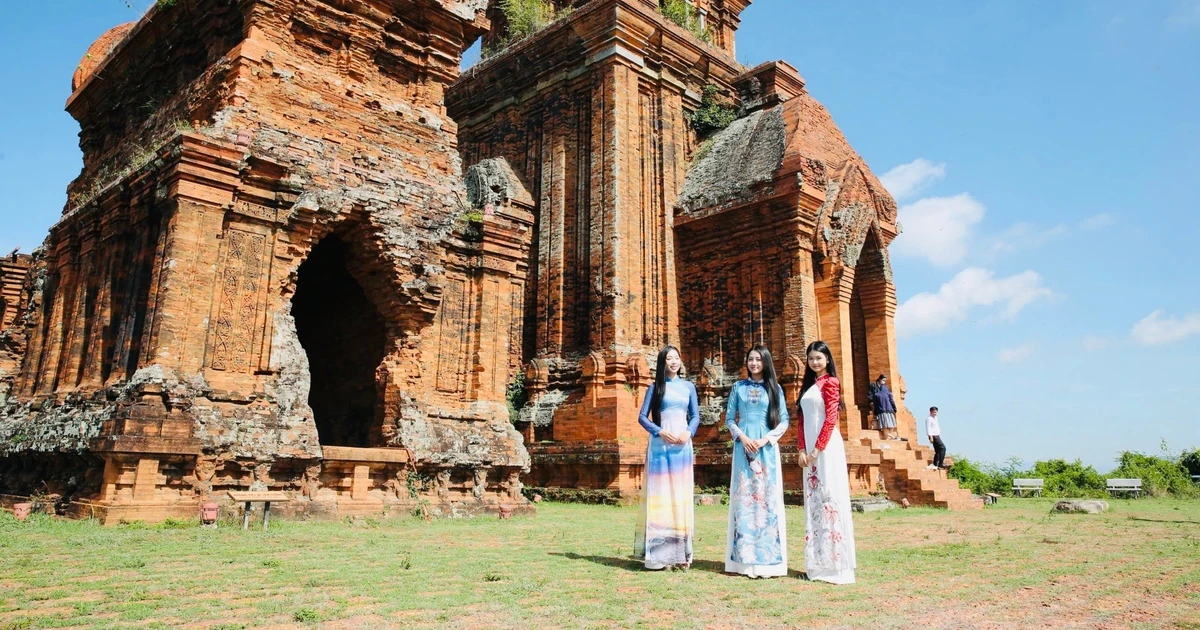

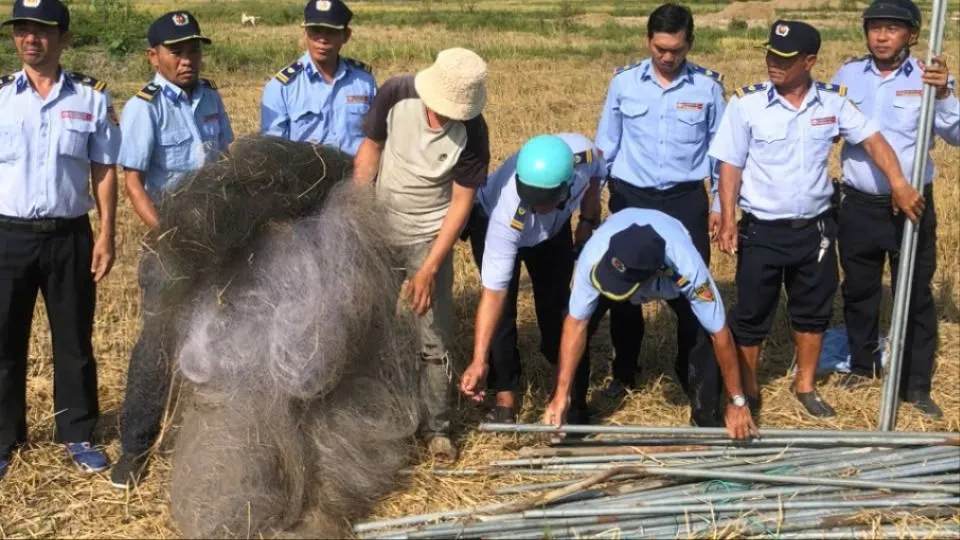












Comment (0)